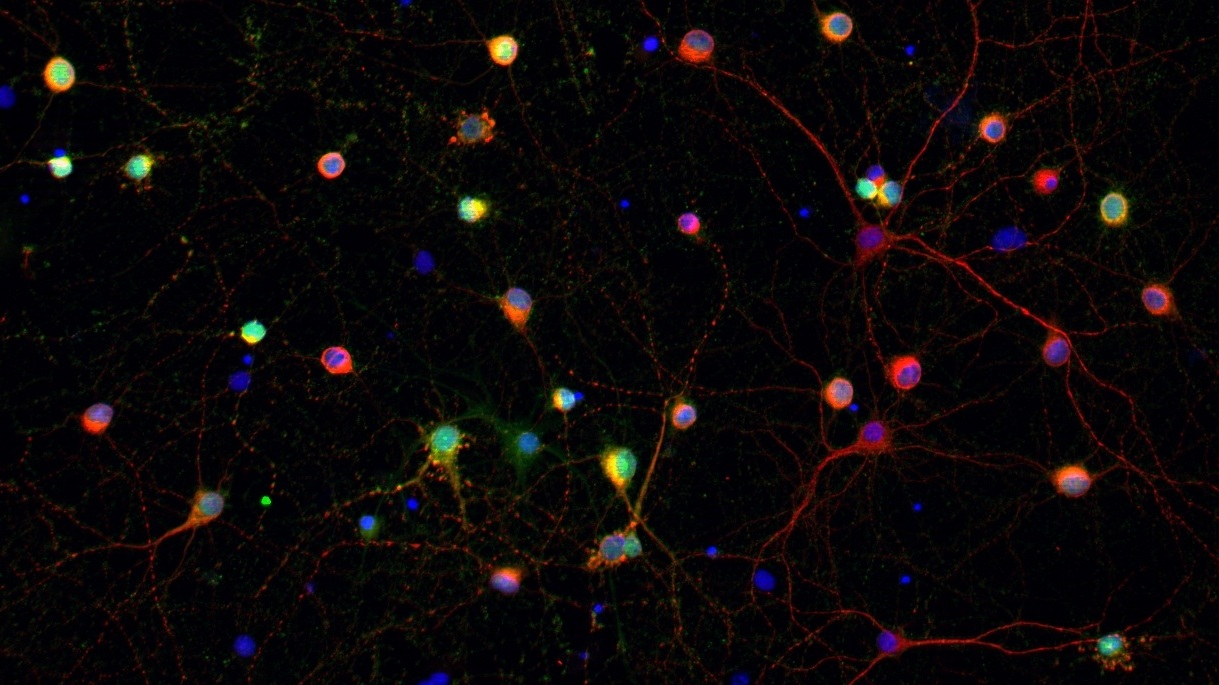Our goal
The goal of the Chin Lab is to understand the cellular and network mechanisms underlying cognitive and behavioral impairments in Alzheimer’s disease, epilepsy, and other neurological disorders, and to identify therapeutic entry points for the treatment of these devastating diseases.
We combine biochemistry, molecular biology, functional genomics, in vivo physiology, and behavioral paradigms to identify the cellular alterations that lead to memory and behavioral deficits in mouse models of diseases like Alzheimer’s and epilepsy. This approach includes video-recorded EEG to characterize patterns of (aberrant) brain activity in individual mice and examine how brain activity corresponds with performance in behavioral paradigms that test different aspects of cognition and behavior. We also use biochemical, molecular and imaging techniques to identify links between particular genes and cognitive or behavioral dysfunction on a mouse-by-mouse basis.
We use interventional strategies such as pharmacological treatments, chemogenetics, and viral expression of genes of interest to determine whether we can improve or restore neuronal function, cognition, and behavior. This integrated approach allows us to investigate the molecular basis of memory and behavioral impairments in Alzheimer’s and other neurological disorders, as well as identify and test novel therapeutic entry points for the treatment of these devastating diseases.
The Chin lab is part of the Memory & Brain Research Center and the Department of Neuroscience at Baylor College of Medicine in Houston, TX



